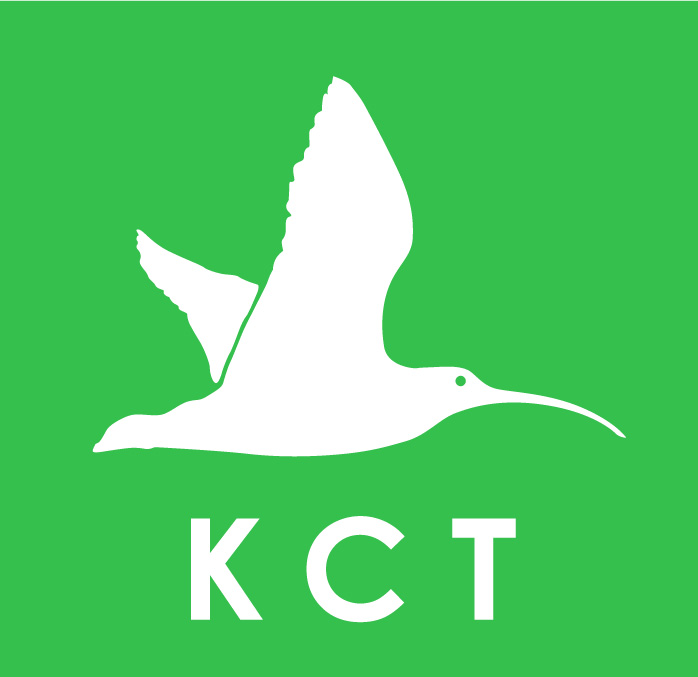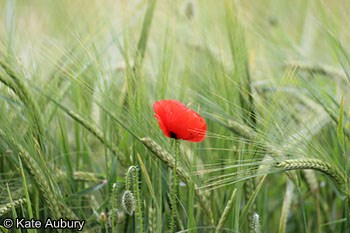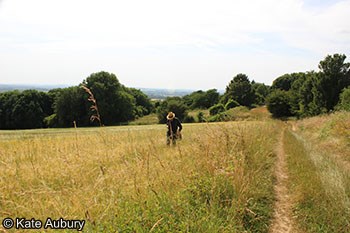KEMERTON CONSERVATION TRUST







|
'Conserving wildlife and ancient landscape' |
Registered Charity Number: 702488 |
Arable cropping covers much of lowland Britain, and changes in agricultural practices during the C20th are largely responsible for the dramatic decline in farmland biodiversity. Crops are usually grown in rotation, with crops such as winter wheat, oil-seed rape, spring barley and beans following on from one another in successive years. The main challenge for the Trust is to help create areas for biodiversity within a largely mono-cultural farmed environment. The Trust oversees approximately 1000 acres of arable farmland around Bredon Hill, where it helps local landowners to conserve wildlife within an arable farming context. A part of this work involves the carrying out of periodic surveys of arable fauna and flora. Most of this land is managed under government agri-environment schemes – Entry Level Environmental Stewardship (ELS) and Higher Level Environmental Stewardship (HLS) – which encourage wildlife-friendly farming practices.
Arable field
margins John Clarke Walk In July 2021 a new circular walk was created in memory of Kemerton Conservation Trust's Conservation Advisor John Clarke (1942-2019), a man who loved nature and worked tirelessly for conservation. John and his wife Pamela first moved to the Kemerton Estate in 1982 to act as unpaid nature wardens for owner Adrian Darby in return for accommodation at Oat Hill Cottage, Westmancote. A self-taught naturalist, John threw himself into the task of identifying all the plants and animals to be found on the estate, assisted by Pamela. Along the way, they forged lifelong friendships with local naturalists, who offered their support and expertise. After four years of hard work, the Clarkes moved to Colonsay in the Inner Hebrides, but they kept in close contact with Adrian and continued to visit Kemerton regularly. In 1989, Adrian set up the wildlife charity Kemerton Conservation Trust to take forward the work begun by John and Pamela. In 1994, the Clarkes returned to Kemerton where John took up the role of Conservation Advisor for the Trust, a role he held until his death in 2019. In addition, John also advised Overbury on various conservation matters and was well known locally for his natural history expertise and citizen science projects. Although John was passionate about all things wild, he had a particular interest in spotted flycatchers, wildflowers and pollinators, warning of the decline in bees and other insects long before this became a key theme on the national stage. John is hugely missed by his family, friends, the Trust, Kemerton Estate, Overbury Enterprises and villagers round Bredon Hill who enjoyed his Spotted Flycatcher project. However he leaves an important legacy in the places he worked to protect. The route of the walk reflects some of John’s proudest achievements, highlighting as it does the recovery of rare arable plants in Oat Hill, Pad Piece and Tueswell Hill, the abundance of wildflowers and insects along Oat Hill Track and Westmancote Track and in the adjoining calcareous grassland. The route offers wonderful views of the locality which John put his heart and soul into preserving and enhancing. A downloadable map of the walk can be found here: John Clarke Walk Map. |

|
'Conserving wildlife and ancient landscape' Registered Charity Number: 702488 |

